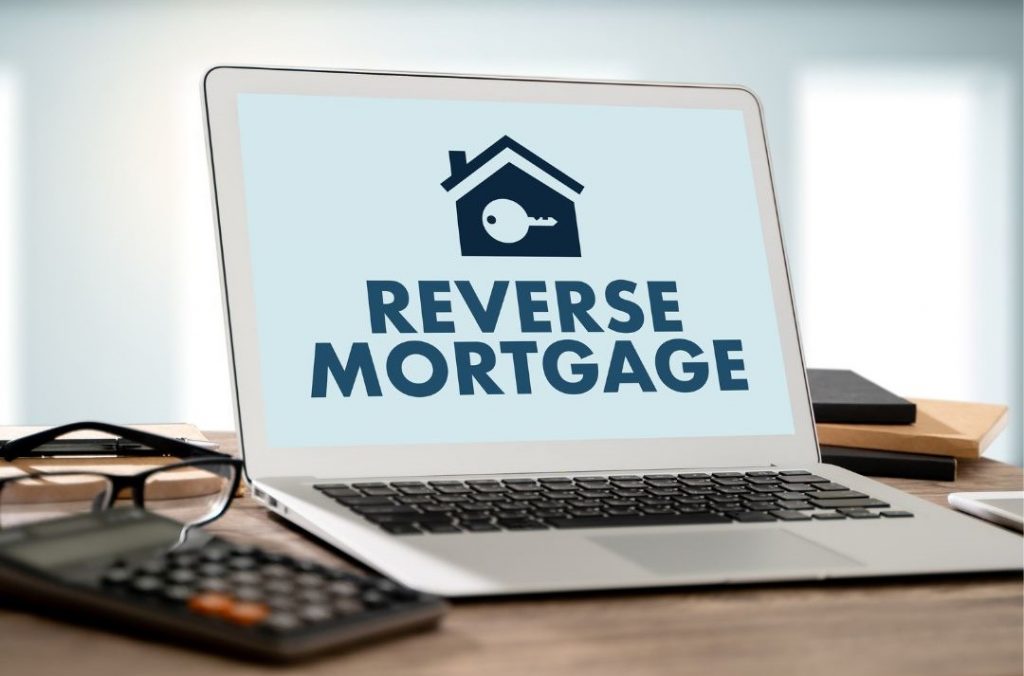A reverse mortgage is a financial tool that can provide extra income during retirement, but it’s not the right choice for everyone. It allows you to borrow against your home’s equity while still living in it. Unlike a traditional loan, you don’t make monthly payments; instead, the loan balance grows over time and is typically repaid when you sell the home, move out, or pass away.
The biggest benefit of a reverse mortgage is improved cash flow. If you’re retired and living on a fixed income, this type of loan can help cover daily living expenses, unexpected medical costs, or home repairs. It can also help you stay in your home longer if selling or downsizing isn’t appealing.

However, it’s important to consider the costs and trade-offs. Reverse mortgages come with fees, including origination costs, servicing fees, and interest. These costs are added to the loan balance, which grows until repayment is required. This means your home equity decreases over time, leaving less value for your heirs or future financial needs.
There are also responsibilities you must meet. You’re required to keep up with property taxes, homeowner’s insurance, and basic home maintenance. Falling behind on these obligations could lead to loan default and risk foreclosure.
Another thing to think about is how long you plan to stay in your home. A reverse mortgage works best if you plan to remain in the house for many years. If you move shortly after taking the loan, the fees and interest could outweigh the benefits.

For some, a reverse mortgage can be a lifeline, especially if other retirement savings are limited. For others, it might not make sense, particularly if you want to preserve your home equity for heirs or if you have alternative ways to access funds, such as downsizing or tapping into other investments.
It’s a good idea to explore all your options before deciding. Being informed can help you make the choice that’s best for your situation.


